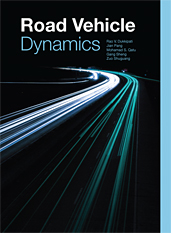Technical Paper
Analysis and Design of Dual-Motor Electro-Hydraulic Brake System
2014-09-28
2014-01-2532
In this paper, by analyzing multiple electro-hydraulic brake system schemes in detail, the idea of dual-motor electro-hydraulic brake system is proposed. As a new solution, the dual-motor electro-hydraulic brake system can actively simulate pedal feel, make the most of pedal power (from the driver), and reduce the maximum power output of each active power source remarkably, which is a distinctive innovation compared to most current electro-hydraulic brake systems. Following the proposed concept, a general research thought and method is conceived, and then a dual-motor electro-hydraulic brake system is designed. Finally, the simulation model is set up in AMESim software and its feasibility is simulated and verified.


